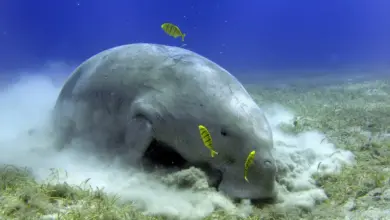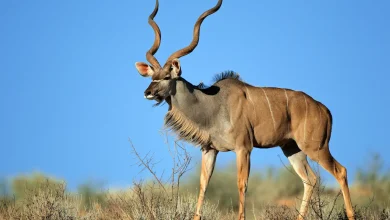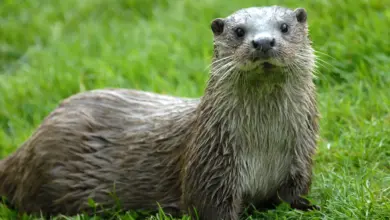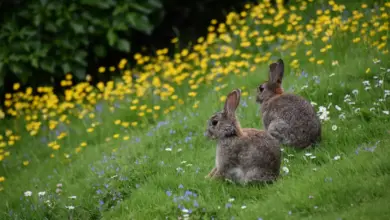What Eats A Gorilla?
What Eats A Gorilla? What Does A Gorilla Eat?
Gorillas are large and powerful creatures, and an adult male gorilla—often called a “silverback”—is capable of scaring away just about any other animal.
Sometimes, however, a leopard will attack, kill and eat a young or baby gorilla. But young gorillas usually stay very close to their parents, so this is not an easy thing for a leopard to do.
And no leopard in its right mind would even think about attacking a full-grown silverback.
As for the question of what a gorilla eats—they eat lots of plant stalks, leaves and other vegetation every single day.
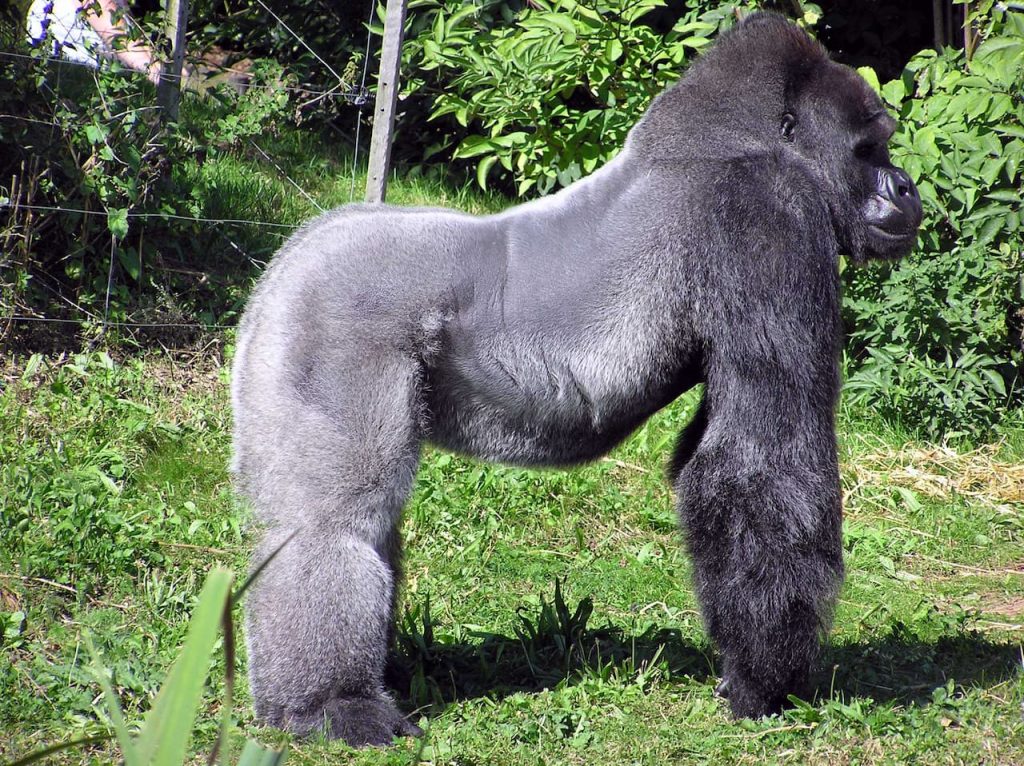
So What Eats Gorillas?
Introduction
The gentle giants of the forest, gorillas, are renowned for their enormous strength and gregarious look. Despite their formidable presence, Gorillas suffer danger from natural predators in their environments. Sadly, humans, along with crocodiles and leopards, are one of these predators.
This article will examine the world of gorilla predators, how these tremendous primates deal with the threats they provide, and how human activity affects their ability to survive.
The Natural Predators of Gorillas
Some creatures are categorized as prey or predators in the wild food chain or food pyramid. Thus, some animals kill other creatures to obtain food. Nowadays, practically every animal in the wild has a predator or prey. Carnivorous animals often feed on non-carnivorous ones.
The gorillas are herbivores; would this imply that other creatures also hunt them? “Yes”. In fact, among the largest and most potent primates and animals found in the wild are gorillas. All the same, particular creatures still make use of them.
When you consider the height and strength of a male gorilla, it is tempting to assume that gorillas do not have natural predators. Although their social structure and physical attributes help prevent them from becoming food for other animals, they are not without risk.
Leopards
Leopards’ sleek and nimble physiques make them formidable hunters and one of the most feared predators in the African bush. They are recognized as the leading natural predators of gorillas and tend to prey on young or lone animals.
Because of their legendary versatility and vast range, leopards continually threaten gorillas in their natural areas. Because gorillas are more susceptible at night, these large cats are cunning hunters who use their agility and stealth to ambush their target.
Additionally, leopards are well-known for climbing trees, which allows them to attack gorillas from above and makes it harder for the latter to protect themselves.
Although leopards constitute a threat, older male gorillas, especially silverbacks, are less likely to become their targets because of their size and power. Gorillas have evolved defense strategies to defend themselves from leopards, including creating close-knit communities and designating a dominant silverback male to lead the group.
Gorillas are an uncommon addition to the varied food that leopards are known to eat. The effect of leopards on gorilla populations has yet to be fully understood, while recent research indicates that their influence on gorillas may be more significant than previously believed.
Conservation activities, such as monitoring gorilla populations and shielding vulnerable individuals, have been implemented to safeguard gorillas from leopards. Initiatives have also been put in place to lessen the effect of leopard predation on gorilla populations and lessen human-leopard conflicts. These include community education campaigns and compensation schemes.
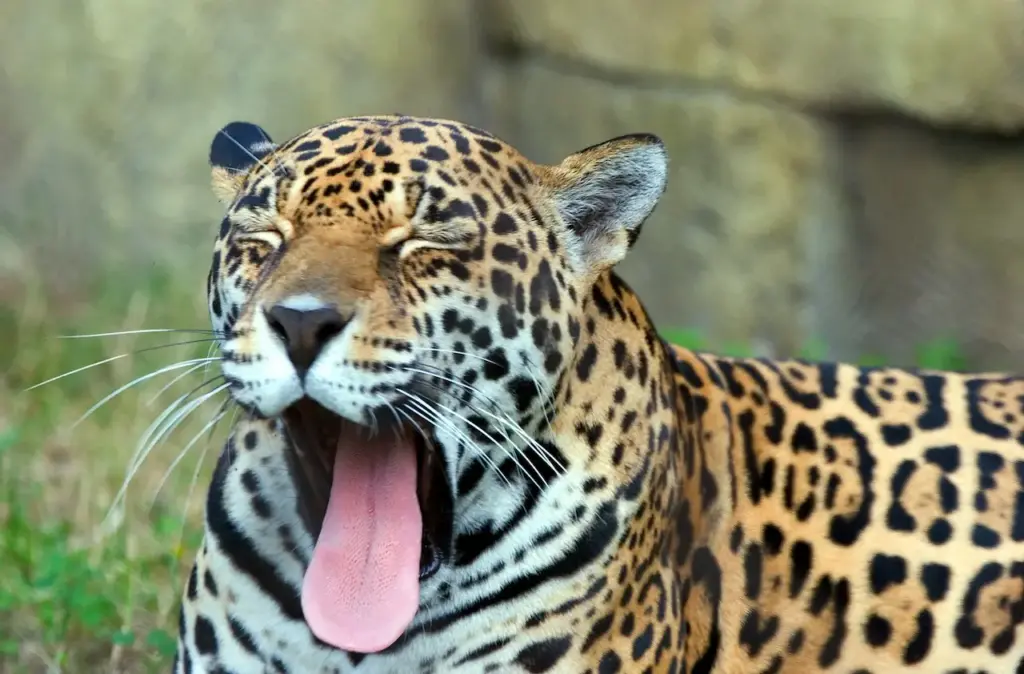
Crocodiles
Another natural predator that risks gorillas is the crocodile, known for its prehistoric look and cunning. This is especially true for gorillas who live close to sources of water. Because they are not designed to swim, gorillas can become targets of crocodile attacks when they cross rivers or lakes.
Crocodiles are renowned for their ambush-hunting techniques and patience. They lurk on the water’s edge, ready to attack any unwary victim approaching too closely. Given their robust build and social hierarchy, gorillas may only sometimes recognize the threat crocodiles pose when they approach water sources.
While crocodile attacks on gorillas are less frequent than other predator-prey encounters, there is still a chance, especially for those with a high crocodile population. When gorillas pass rivers or lakes to get to food sources or transfer between habitats, they risk being attacked by crocodiles.
Monitoring gorilla populations in crocodile-infested regions and taking precautions to lessen the likelihood of gorillas and crocodiles coming into contact are two conservation strategies to shield gorillas against crocodile attacks. Conservationists can alleviate the effect of crocodile predation on gorilla populations by learning about the behavior of both species and their interactions in the wild.
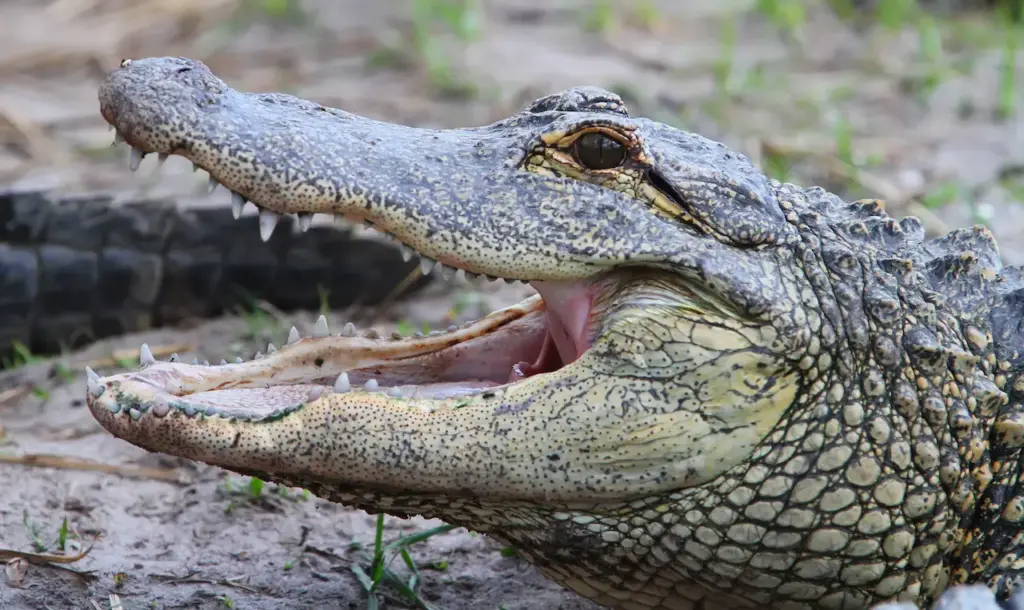
Lions
One of the many ferocious predators that occasionally hunt gorillas is the lion, although this is rare because gorillas prefer other habitats. Lions are frequently seen in vast savannahs, whereas gorillas are primarily in thick forests. However, interactions between lions and gorillas can happen in places where their ranges overlap, like certain parts of Central Africa.
Lions usually hunt gorillas opportunistically, significantly weaker ones like children, the sickly, or those with injuries. Even though gorillas are fierce opponents, there are situations in which they might become the target of a lion assault. These ambush predators rely on stealth and surprise to capture their prey.
Gorilla predation by lions is comparatively uncommon and is more likely to happen when gorillas enter open regions near their forest habitats. These interactions help to see the delicate link between predators and their prey and the mutually nourishing role of the biomes in natural ecosystems.
While lions could be a problem in some instances, other issues like habitat destruction and poaching affect not only the number of gorillas but also other animals.
However, comprehending these predator-prey relationships is crucial to evaluating the difficulties confronting efforts to conserve gorillas.
Humans
Gorillas are thought to be most threatened by humans, whose actions put these gentle giants in grave danger. Humans pose a severe threat to gorilla survival even though they are not traditional predators because of the drop in gorilla populations caused by human activity.
The main risks that human activity poses to gorillas are illness transmission, habitat degradation, and poaching.
One of the most significant risks to gorillas is habitat degradation due to farming, mining, and logging activities that permanently harm the gorillas’ natural environments. As a result of this degradation, gorillas are forced to relocate and interact with people, which reduces their access to food and shelter.
Another serious issue is poaching since gorillas are pursued as trophies or for bushmeat. Even though poaching is prohibited, it is nonetheless a serious issue, especially in places with lax or nonexistent law enforcement.
A significant worry is the spread of disease, as gorillas are prone to many of the same illnesses that affect people. People’s proximity to gorillas increases this danger, especially in regions where tourism is a significant source of revenue.
Gorillas must be protected from human hazards, which requires conservation initiatives. These initiatives include monitoring gorilla numbers, implementing anti-poaching measures, and teaching the local populace the value of gorilla conservation.
Responsible tourist practices benefit local people economically and contribute to the protection of gorillas so tourism may play a part in gorilla conservation. To lessen the impact on gorillas and their habitats, it is crucial to ensure that tourism is conducted responsibly and sustainably.
Conclusion
In conclusion, even though gorillas face predators from leopards, lions, crocodiles, and human activities, they have learned some defense mechanisms and modified their behavior to reduce the impact of those dangers.
Gorillas are a keystone species in their environment due to their sociality, vigilance, and offense, which allow them to navigate through their intricate forest and protect them against predators.
We can preserve these famous primates and their environments by putting all our efforts into practical conservation projects and remembering that gorillas share life-sustaining relationships with their predators.
Most importantly, for these spectacular creatures to continue living in the wild for many more years, we must focus on conserving gorillas and their environment.

